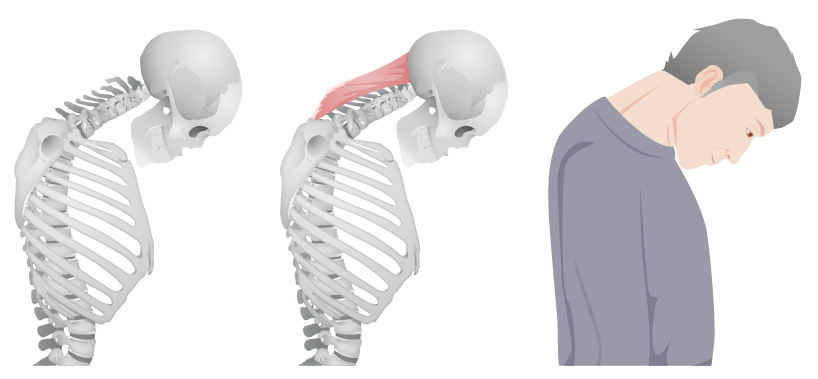Playlist
Show Playlist
Hide Playlist
Inflammatory Myopathies: Types
-
Slides Inflammatory Myopathies.pdf
-
Download Lecture Overview
00:00 So, let's talk a little about the inflammatory myopathies. What kinds are there? How do we evaluate them? And what are the treatments? Well, we're going to walk through 5 inflammatory myopathies that I'd like you for you to know and you need to know to evaluate patients and vignettes. We're going to talk about polymyositis, dermatomyositis, inclusion body myositis which has an important difference in how it presents in the distribution. And then we're going to talk about 2 other causes of inflammatory myopathies. Necrotizing autoimmune myositis which we're learning is increasingly common as we find antibodies and conditions to diagnose and test for this. As well as overlap myositis, an important consideration in patients with polymyositis and other organ system involvement. So, let's walk through each of these. First, when we are evaluating a patient who has a myopathic clinical presentation, we've localized the problem to the muscle. How do we know this problem is inflammatory? How do we know the focus on the inflammatory myopathies and not consider an infectious, or paraneoplastic, or toxic metabolic, or inherited cause of myopathy? In other words, what test can be done to determine whether there is inflammation in the muscle? Well, there's a lot of things we do to look for inflammation. We can look at an ESR or a sedimentation rate. And that is an acute phase reactant. It's revved up when the body is stressed out when the immune system is revved up. We can look at a CRP, the C-reactive protein. And that is something that we know is an inflammatory marker. It's another acute phase reactant and it goes up in conditions and signs of inflammation. We can do antibody testing and that's how we look for signs of inflammation in other parts of the body. But in the muscle, what we test for to look for signs of muscle inflammation is the creatine kinase or the CK. ESR and CRP are circulating markers that tell us about the systemic system and not about inflammation in the muscle. Antibody test can be really helpful, but there is a lot of causes of inflammatory myopathies where we don't know the antibody yet. And so, the most sensitive assessment of an inflammation within the muscle is to look at the CK.
About the Lecture
The lecture Inflammatory Myopathies: Types by Roy Strowd, MD is from the course Acquired Neuromuscular Diseases.
Included Quiz Questions
What is the most sensitive test to assess if there is inflammation in the muscle?
- Creatine kinase (CK)
- Antibody testing
- Erythrocytes sedimentation rate (ESR)
- C-reactive protein (CRP)
- Toxin screen
Customer reviews
5,0 of 5 stars
| 5 Stars |
|
5 |
| 4 Stars |
|
0 |
| 3 Stars |
|
0 |
| 2 Stars |
|
0 |
| 1 Star |
|
0 |






